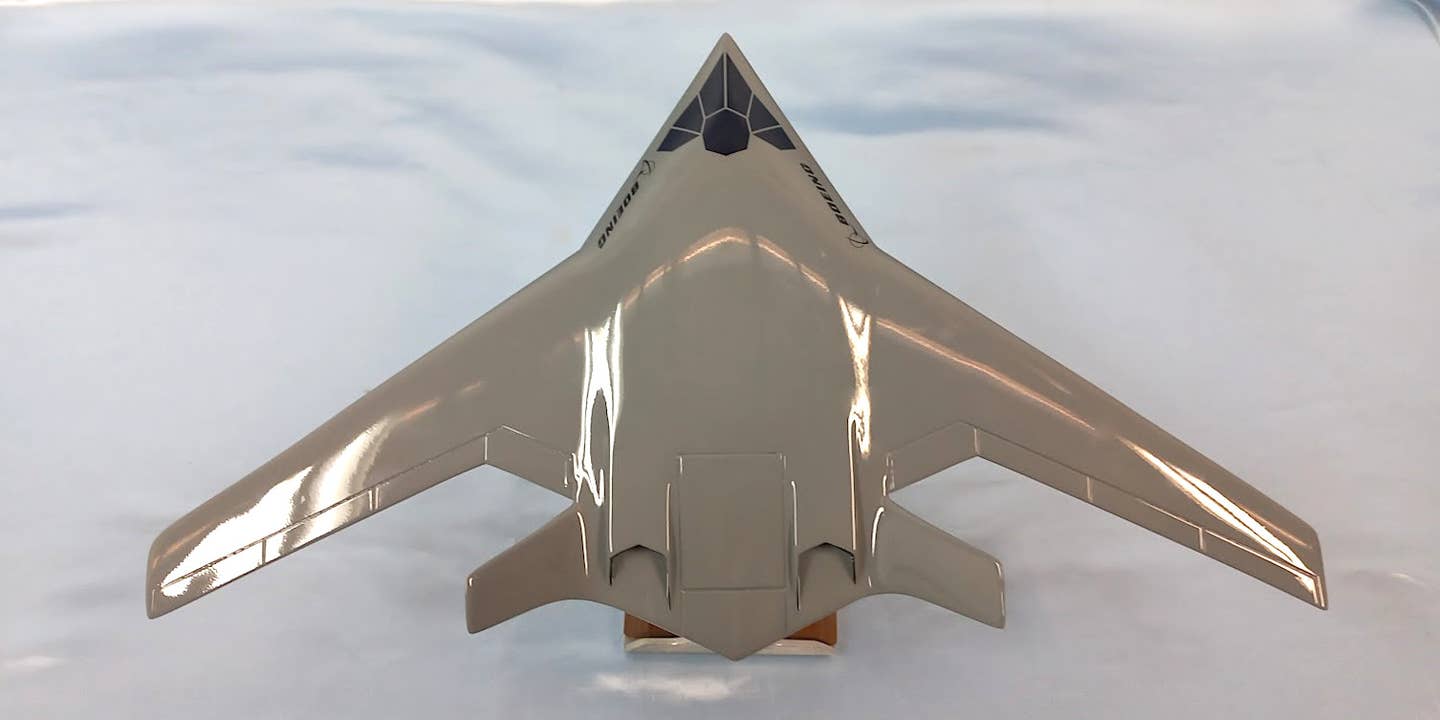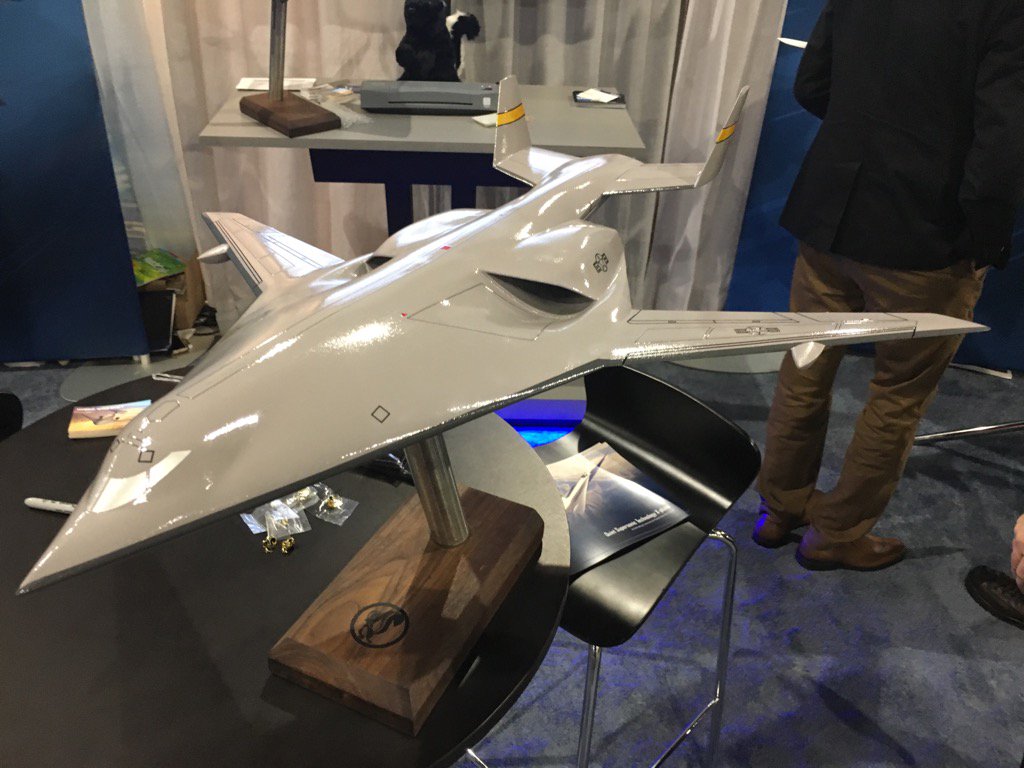The US Air Force (USAF) is hunting for next-generation aerial refueling tankers by 2040, which should be able to provide air-to-air refueling capability in “contested scenarios,” according to the latest Request for Information (RFI) issued by the service on February 1.
The RFI issued by the USAF stated that the Department of the Air Force (DAF) is pursuing continued development of the next generation of tanker concepts that address the changing strategic environment. It has established the Next Generation Air-Refueling System (NGAS) project to advance those efforts.
“The team (DAF) is seeking information on innovative industry solutions that might fulfill the most stressing and complex air refueling mission requirements of the future fight,” the RFI further said.
However, the RFI also stated that a more formal process of exploring options, called an Analysis of Alternatives (AoA), is expected to begin in October 2023, suggesting that the service is yet to refine its specific requirements for NGAS.
“NGAS shall be required to address employment in contested scenarios. The DAF is interested in innovative solutions in all size and performance classes that might address the stressing mission requirements; airspeeds should be compatible with modern receivers,” the RFI added.
The term “receivers” here refers to aircraft that would refuel from these future tankers.
Beyond that, the RFI did not provide any details about possible requirements for the NGAS, however, reports suggest that the USAF wants future tankers to have stealth features to protect them from detection by radars associated with hostile weapon systems or platforms in contested environments.
US Already Working On Stealthy Aircraft
American aerospace and defense companies like Boeing and Lockheed Martin have already been working on design concepts for tankers or transport aircraft with blended wing-body (BWB) planforms that have at least some aspects of stealth to them.
A BWB aircraft design comprises a blended wing and fuselage instead of a traditional cylindrical fuselage with separate wings. This type of aircraft design offers more aerodynamic efficiency and better fuel economy.
Some prominent examples of BWB-designed military aircraft include the B-2 and B-21 stealth bombers.
However, it is essential to note that while BWD designs are often very stealthy, this is not necessarily a low-observable design. Its more apparent benefits include better aerodynamic performance, improved fuel economy, and a more extended range.
Last week, during the 2023 AIAA SciTech Forum and Exposition, Boeing unveiled a new stealthy BWB concept centered around the tactical airlift mission, but it could also be applied to aerial refueling.

This new BWB airlifter design incorporates partial serpentine ducting into its engine inlets, which helps to hide the turbine fan blades, especially radar-reflective if left exposed. When used with fan-face baffles, they can reduce the radar cross-section even from the most critical head-on aspect.
The exhaust and tail configuration also seems to be designed to reduce the plane’s infrared signature by making it difficult to see the exhaust from most angles and particularly from below. This reasonably common low-observable aircraft design characteristic dates back to the early days of stealth.

That said, presently, the design is very much in the conceptual phase, and various elements of the new BWB design, such as how air moves through its big ventral inlets, are set to be analyzed through advanced modeling.
So far, Boeing has been using internal research and development funding for this work. However, the company is reportedly planning to pitch the design, or derivatives thereof, to various customers, including the US military and especially the USAF, in the future.
Likewise, even Lockheed Martin unveiled a large blended wing cargo hauling aircraft design many years back called the Hybrid Wing Body (HWB), which comprises the blended wing concept with a large-T tail, a rear ramp, and turbofan engines mounted over the plane’s upper trailing edge.

Besides that, Lockheed also displayed an HWB concept for tankers with an ‘H’ tail instead of a ‘T’-tail to reduce the aircraft’s radar profile while adding stability and enhanced flight control. Also, the external overwing nacelles on the airlifter have been replaced with two embedded engines to improve stealth.
Stealthy Jets Useless Without Survivable Tankers?
The US military’s fifth-generation F-35, F-22, or even the upcoming sixth-generation stealth aircraft could be rendered useless without better tankers surviving in a contested environment.
For example, as EurAsian Times reported earlier, Australia’s fifth-generation F-35 stealth fighter jets have repeatedly come under the scanner because of their exorbitant prices and shortcomings in their capabilities relevant to Australia’s security needs, such as the F-35A cannot reach the South China Sea without aerial refueling.
However, the availability of aerial tankers is doubtful over contested airspace.
“Existing tankers exhibit a very large RCS (Radar Cross Section) value, in the order of 80-100 square meters,” Colonel Konstantinos Zikidis of the Hellenic Air Force (HAF), formerly a Deputy Commander at the HAF Telecomms and Electronics Depot (ETHM), told the EurAsian Times, providing an example of the S-400 air defense system used by Russia and China.

“Taking into account the 91N6E search radar of the S-400 system and assuming that it can detect a target of four meters square RCS at 390 kilometers, as per some open sources, this radar could theoretically detect a large target such as a tanker at more than 800 kilometers, even though that radar’s detection-range is limited to 600 kilometers,” said Zikidis.
During a conflict, keeping enemy tankers far away from the front would reduce the range and endurance of the attacking fighter jets.
That said, stealthiness against radar is only one of the possible ways to help reduce vulnerability, and the USAF may come up with an array of different defensive features and capabilities to have in its future tankers.
Also, there are questions about the viability of forward aerial refueling operations entailing the tanker and receiver to be linked for a prolonged duration in a very high-end threat environment.
When asked about this, Colonel Zikidis noted that “a stealthy tanker with a lower RCS value, for example, 1-meter square or less, is expected to be detected at roughly 250 kilometers.”
“So, if the tanker stays further than a safety distance of 300 kilometers, it would be out of harm’s way, which would be translated to an increase in the range and flying time of the enemy fighters, posing a serious threat on the radar and any critical asset protected by this radar and the associated S-400 system,” Zikidis concluded.
- Contact the author at tanmaykadam700@gmail.com
- Follow EurAsian Times on Google News




